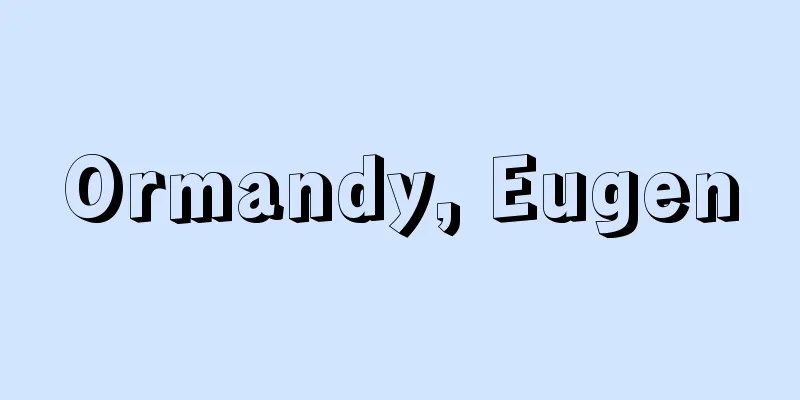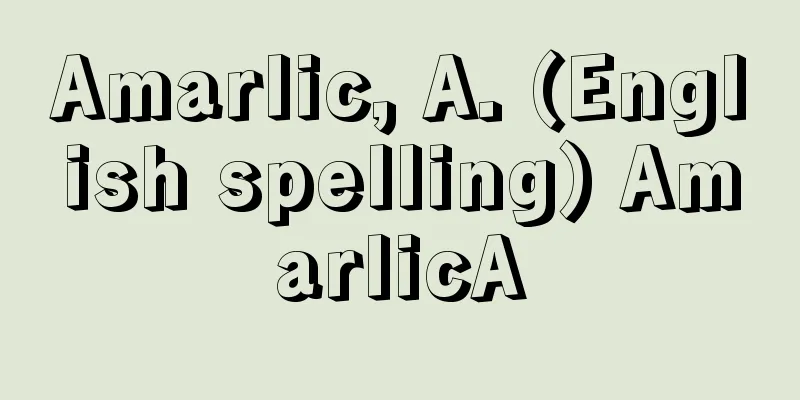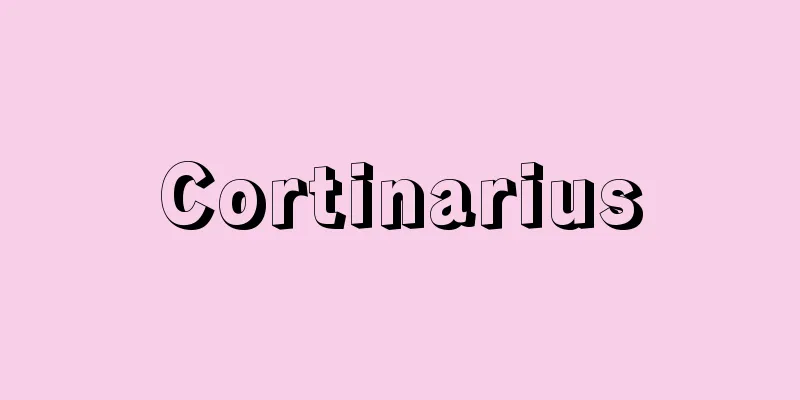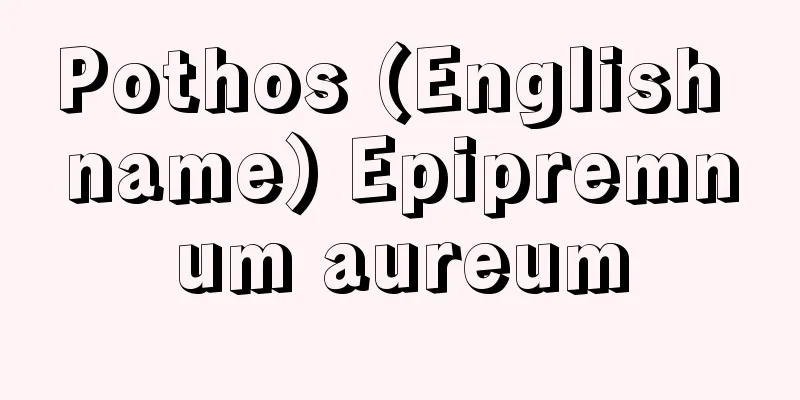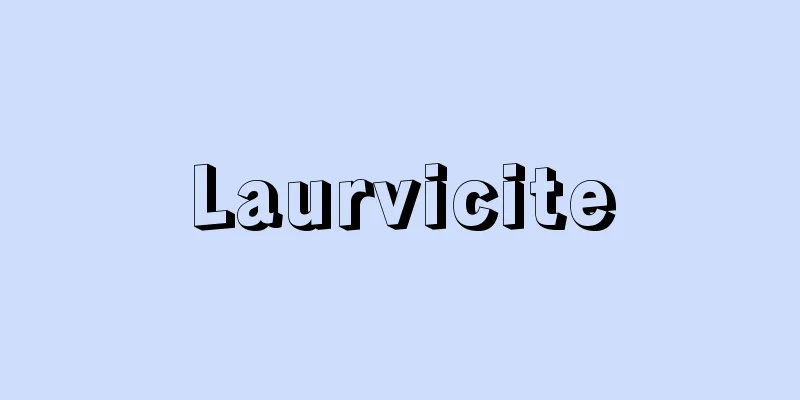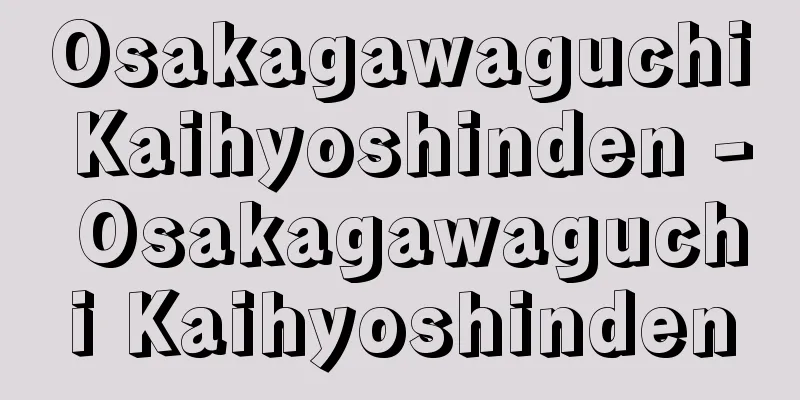Takuhan - Takuhan
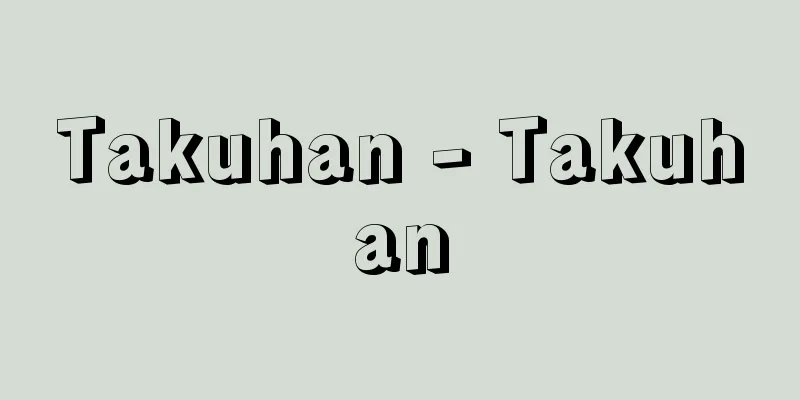
|
A relief printing technique in which paper is placed over an uneven object and then rubbed with a pencil or crayon, or tapped with a pad soaked in ink or paint, to copy the shape. In China, it was commonly used to copy inscriptions on monuments from the 2nd century onwards. In Europe, it was also used from the end of the Middle Ages to copy inscriptions on monuments and graves in churches. In modern times, M. Ernst used this technique in his collection of works, Natural History, and it has since become a creative technique in modern painting under the name of frottage. [Sakamoto Mitsuru] Source: Heibonsha World Encyclopedia, 2nd Edition Information |
|
凹凸のある物体に紙をのせて上から鉛筆,クレヨンなどで摩擦し,あるいは墨,絵具を含ませたたんぽでたたくなどして形を写し取る凸版の一技法。中国では2世紀以後,碑銘を写すために常用された。ヨーロッパでも中世末から教会内の碑銘や墓碑銘を写し取るのに用いられた。現代ではM.エルンストが作品集《博物誌》にこの技法を用い,以後フロッタージュの名称で現代絵画の一造形技法となっている。【坂本 満】
出典 株式会社平凡社世界大百科事典 第2版について 情報 |
<<: Burning volcano - Takuhiyama
Recommend
Thorn forest - Togerin (English spelling)
When the species that make up a forest are predomi...
Green pigeon genus
...On the other hand, some species were once abun...
Quartz - Quartz (English spelling)
It is an important rock-forming mineral. It is th...
Kyokabanashi - Kyoka stories
Kana-zoshi. 5 volumes, 5 books. Written by Asai Ry...
Agadir earthquake
...There have also been major earthquakes on the ...
Pufendorf, Samuel Freiherr von
Born: January 8, 1632 in Dorfchemnitz Died October...
Interrogative Kana Spelling - Gimon Kanazukai
There are many ways to write kana, and the basis f...
Honmatsuseido - Main branch system
This was a system by the Edo Shogunate to organiz...
Kinpira Book - Kinpirabon
〘Noun〙 The original version of Kinpira Joruri. A s...
Breast peak - Kyoho
…the vertical projection extending from the under...
River Barrow
The River Originates in the Slieve Bloom Mountains...
Kiyomihara Palace
…In 672 (Tenmu 1), after the end of the Jinshin W...
Vienna Philharmonic Orchestra (English: Wiener Philharmoniker)
Founded in 1842, this is one of Europe's leadi...
Mattheson - Mattheson (English spelling) Johann Mattheson
German composer, organist, music theorist, and di...
cedar
...An evergreen tall tree of the cedar family, it...

